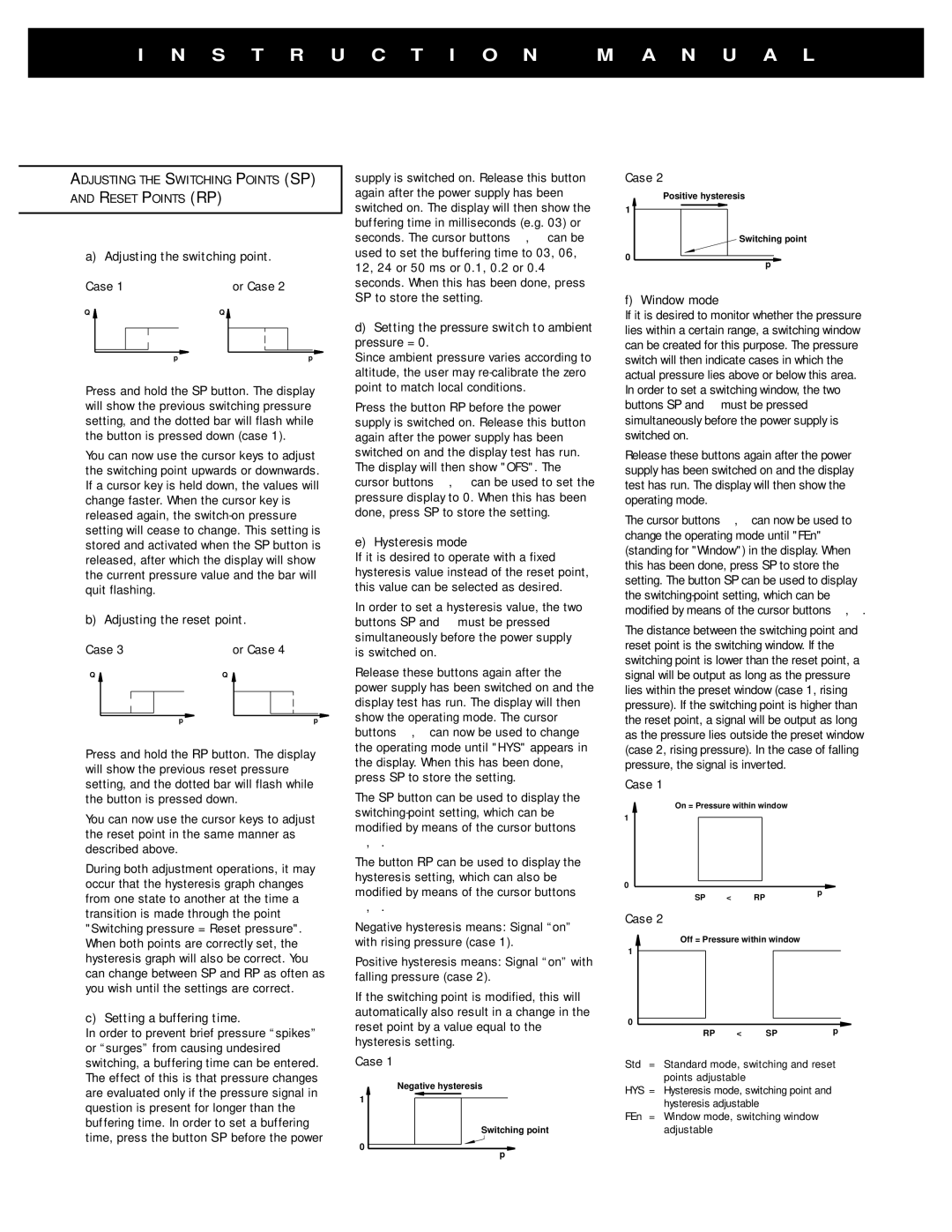PSW32 specifications
The Omega Speaker Systems PSW32 is an advanced subwoofer that exemplifies the perfect blend of innovative technology and superior audio performance. Designed for both audiophiles and casual listeners alike, it brings an immersive sound experience that enhances any home theater or music listening setup.One of the standout features of the PSW32 is its 12-inch high-excursion polypropylene woofer. This driver is engineered to produce deep, rich bass tones that are both powerful and accurate, ensuring that every note is felt as much as it is heard. The woofer's larger surface area allows it to move significant amounts of air, resulting in impressive low-frequency response and reduced distortion even at higher volumes.
The PSW32 incorporates advanced technologies to optimize performance. Its internal Digital Signal Processing (DSP) ensures that the audio remains clean and precise, regardless of the volume levels. With built-in EQ settings, users can easily adjust the sound profile to match their personal preferences or the acoustics of their room, ensuring an ideal listening experience.
Furthermore, the subwoofer features a high-current amplifier rated at 300 watts RMS and 600 watts peak power, providing ample power to drive the woofer effectively. This dynamic power capability ensures that the subwoofer performs exceptionally well across a wide range of frequencies, from deep rumbling lows in movie soundtracks to tight bass lines in music.
The design of the PSW32 is as impressive as its performance. With a sleek, modern enclosure crafted from premium materials, it not only looks great but also minimizes resonance and cabinet noise, further enhancing audio fidelity. The subwoofer is available in multiple finishes, allowing it to blend seamlessly with various interior styles.
Connectivity is another key feature of the PSW32. It includes both line-level and speaker-level inputs, making it versatile enough to integrate with a variety of audio systems. Users can connect it to receivers, amplifiers, or even preamps with ease, ensuring compatibility with many audio setups.
In summary, the Omega Speaker Systems PSW32 is a remarkable subwoofer designed to elevate your audio experience. With its powerful 12-inch woofer, advanced DSP technology, high-current amplification, and customizable connectivity options, it stands as a solid choice for anyone looking to enrich their sound system with deep, resonant bass and crystal-clear audio clarity. Whether for movie nights or music sessions, the PSW32 delivers an outstanding performance that truly resonates with its listeners.

